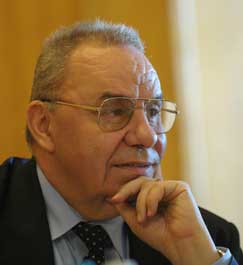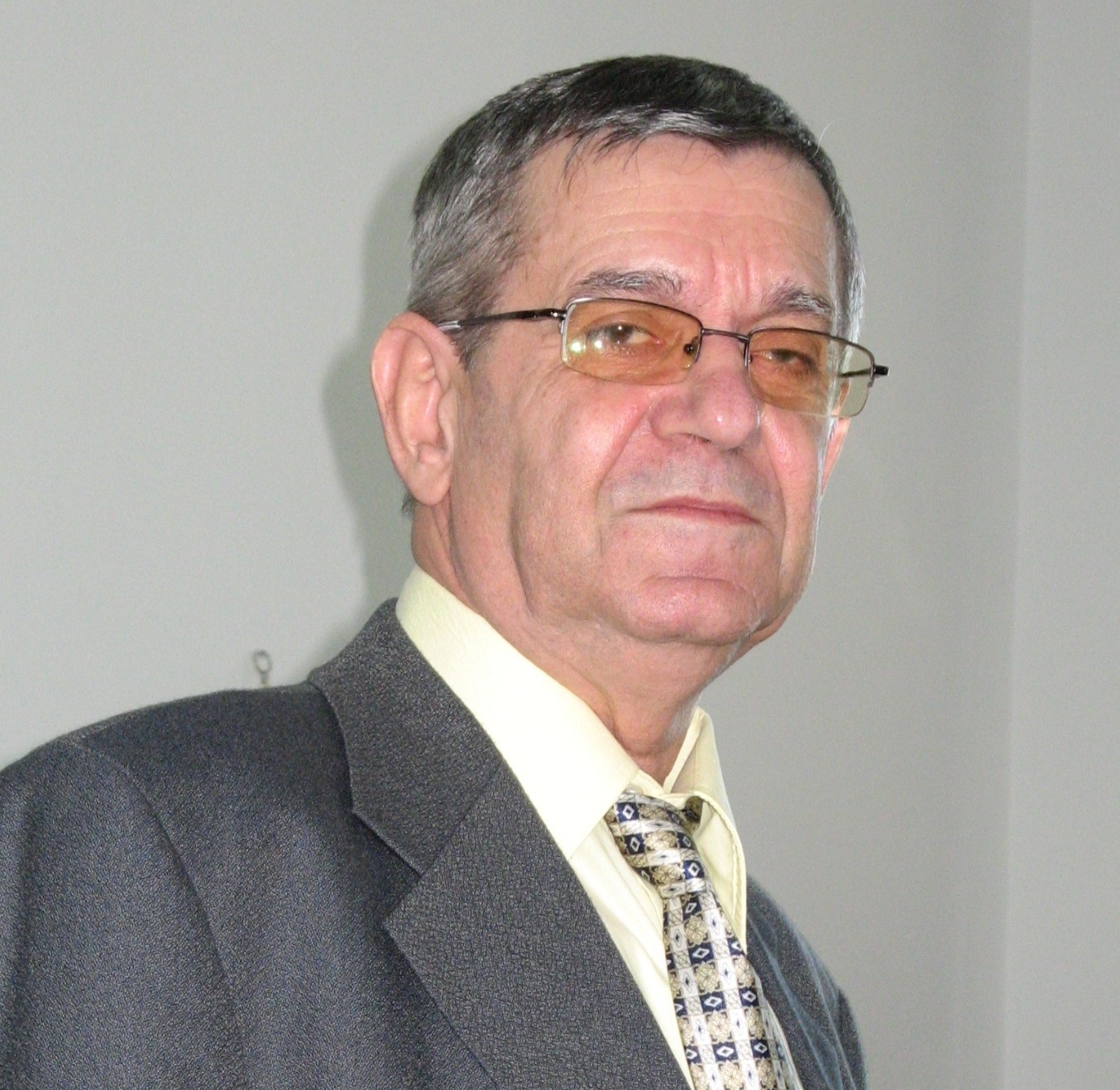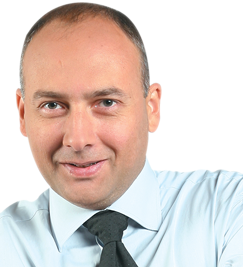In the Horodnicul de Jos village, Suceava County, lives one of the most passionate promoters of the positive sciences in the rural areas: Dimitrie Olenici fell in love with the night skyline since his early childhood, went on to study physics and on his retirement set up one of the few private night sky observatories in Romania.
“As any other child living in the countryside I was fascinated by the beauty of the night sky. I recall to this day how my father took me in his arms, when I was around four or five years old, to show me a comet that was visible in the East, “ says Olenici, while tinkering on something at the Suceava Planetarium.
Later on, as a school boy, I wandered the fields along my father – he was guarding the farm fields at the time – and while I laid on my back on a bed of hay built up in the cart we traveled in, I gazed at the night sky. I did not know then that the “falling stars” I watched were in fact comets out of the Perseid stream. We talked about the stars and the legends their names carried, and I dreamed of having one day my own telescope,” recalls Olenici.
Now his dream came true, and he continues to watch the stars, accompanied by people who come to his countryside planetarium.
Olenici worked for almost 30 years as curator-astronomer at the Planetarium in Suceava. This is a ZKP2 model and, at 80 seats – the largest hall of all planetariums in Romania.
But Olenici took his love of stars one step further with painting the ceiling of his apartment with mythological characters depicting various stars in the sky. He went on to build his own, private astronomic observatory in his native village of Horodnicul de Jos, on a wide stripe of land that also accommodates a pond and a vegetable garden.
Each year in August, the Olenicis host the Perseid's Festival in Horodnicul de Jos, where people come in droves, be they from the cities or the countryside. Many of the people sleeping over at the Olenicis, after a night of star-spotting, refuse to go back inside, to their own rooms, and prefer to sleep under the stars, in a stack of hay.
The private astronomic observatory in Horodnicul de Jos is not the only one of its kind in Romania, as Olenici explains:
“After I visited the observatory built by the part-time astronomer Mircea Corpordean in Baciu village, next to Cluj-Napoca, and that of Nicolae Zeidel, in Pitesti, I told myself that I should not rest for one day before I get to see my own private astronomic observatory,” Olenici said.
He started building in 2000, along his son, and six years later his dream was complete.
The building has two stories; on the outside is painted in the national colors of the Romanian flag; there is room inside for only a couple of people at a time; the hexagonal shape of the room is rounded at the top with a two-meter wide dome, which rotates.
Just outside the observatory door, the willows come down to the benches where people wait in line to watch through a Dobson system telescope, with a 25 centimeters wide lens and a 1.25 meters focal distance.
At the opening in 2006, many foreign visitors were present, some coming from as far away as Australia and New Zealand, but also from Spain, UK or the United States.
The first one to sign in the book of visitors was Romanian astronomer Ovidiu Vaduvescu, who was also in charge with cutting the red-ribbon at the inauguration ceremony.
Starting this year, Olenici extended his offer for science lovers and stars seekers with hosting inside an old barn a Japanese-made planetarium, able to depict 500 of the 6,000 stars which are visible to the naked eye in the night sky. He got wind that the device was for sale in the US from his UK friend and astonomer Thomas Goodey, bought it for 300USD and shipped it to Romania for a 50USD fee, with help from Romanian friends living in the US.
Olenici got help this time from one of his grandsons, to adapt the old barn to the new use, and put up a 4.5-meter dome where the stars were to be projected.
This summer hundreds of kids and youngsters came to the Olenicis to find out both scientific facts and legends about constellations in the sky.
They make a new generation of people whose interest in science will take them beyond the mere hobby and into professions that will put them directly on the NASA payroll.
Family members, friends, neighbors and village authorities – they all were contaminated with the Olenici's enthusiasm for the studying the stars.
While one of his grandsons adorned the observatory building with a small drench channel to make it look like a castle, another grandson helped him building the dome of the planetarium.
And, at the time of the Perseid Festival, all neighbors chip in with produce for the meal that is set up on tables laid out in the yard, and the city hall cuts off the public lighting to give the night sky a chance to glow unhindered by the light bulbs.
The private scientific observatory and planetarium also have a library full of astronomic maps and books Olenici bought over his decades long career.
Back at the publicly owned observatory in Suceava, we saw a Foucault pendulum, which Olenici brought here with help from his British friend Goodey.
They conducted here various experiments with the Foucault pendulum, in hope to make important new discoveries in physics. The first such experiments were conducted in Romania in Iasi city, by Gheorghe Jeverdan, Gheorghe Il. Rusu and Virgil Antonescu, on 15 February 1961, which was a solar eclipse day.
Olenici re-enacted part of their experiment with the 14.75-meter long Foucault pendulum, during the total solar eclipse of 11 August 1999.
He noticed a shortening in the oscillating time of the pendulum, as the three professors did almost 50 years before.
This type of change was first discovered by the Nobel Prize laureate Maurice Allais, and this is why this effect is called now “the Allais effect.”
Allais invited Olenici to Paris, in September 2001, to take part in a scientific congress dedicated to the anomalies of pendulums during solar eclipses. These anomalies, if further studied, could bring about changes in the understanding of the law of gravity.
Since the number of scientists involved in testing the law of gravity is very small, they talk to one another and often conduct joint experiments. This is how we met Goodey in Suceava, who came here from as far away as Rochester, UK, for a set of experiments with Olenici, using the Foucault pendulum.
The Suceava planetarium is indeed more complex than the private one Olenici has back in his home village, but at the end of the day, what really counts is the talent people tell their stories with, and Olenici uses that to the fullest, no matter the location.
While the small worlds he created in the Suceava or Horodnicul de Jos observatories is populated at the same time with school children gazing in wonder at the stars for the first time, and scientists conducting experiments that may change the world of physics.








